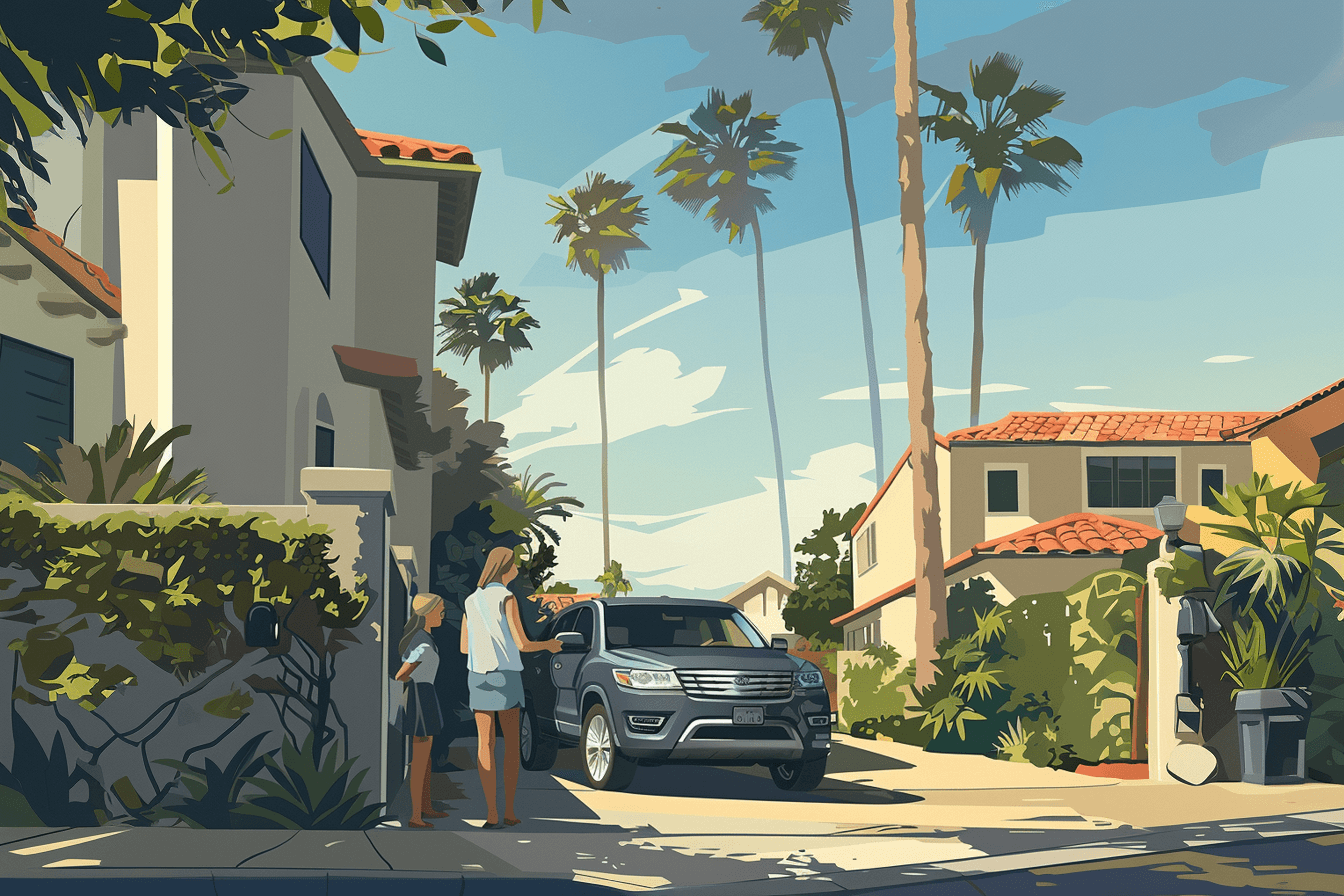Customizing Your Jeep Wrangler: Why Leasing Might Not Be Your Best Option
Written By
CarOracle Experts
Published
May 29, 2023
Discover why leasing may not be the ideal choice for Jeep Wrangler enthusiasts who enjoy customizing and accessorizing their vehicles.
At a Glance
Leasing a car usually restricts the level of personalization and modification you can make to the vehicle. If you're a Jeep owner, particularly a Wrangler owner, who loves to add aftermarket accessories to enhance your vehicle, leasing may not be the best choice for you.
For many people, one of the major appeals of owning a Jeep, particularly a Jeep Wrangler, is the vast array of aftermarket accessories available for customization. From lift kits to bumpers, special tires, and even engine modifications, the options for personalizing a Jeep Wrangler seem endless. However, if you're considering leasing a Jeep Wrangler, you might want to reconsider if you plan on customizing your vehicle. Here's why.
Leasing Restrictions
When you lease a vehicle, you don't own it; the leasing company does. This means that you're generally not permitted to make any significant changes to the vehicle without the leasing company's permission. This includes any modifications or additions, such as aftermarket accessories. If you modify a leased vehicle, you could face penalties at the end of your lease term, which could include paying for the vehicle to be returned to its original state.
Why Jeep Wrangler Owners Might Prefer Buying
One of the key attractions of owning a Jeep Wrangler is the ability to customize it to suit your off-roading needs and personal tastes. If you lease, you are somewhat restricted in the changes you can make. This can limit the joy of owning a Wrangler, as part of the appeal is the ability to make it truly your own.
Additional Costs
Even if you get permission from your leasing company to add aftermarket accessories to your leased Jeep, it's important to remember that you won't see a return on this investment when you return the vehicle at the end of the lease. You'll have spent money on accessories for a vehicle you don't own and can't sell. On the other hand, if you buy your Jeep outright, you can potentially recoup some of your investment in accessories if you decide to sell the vehicle.
Conclusion and Recommendations
If you're a Jeep enthusiast who loves to add aftermarket accessories to your vehicle, leasing might not be the best option for you. While leasing does have some advantages, the restrictions on vehicle modifications can be a significant drawback, particularly for Jeep Wrangler owners.
It's always important to carefully consider the terms of a lease and weigh it against your lifestyle and plans for the vehicle before making a decision.
If you love customizing your vehicle and adding accessories, buying may be a better choice for you.
Always read the terms of your lease carefully. Make sure you understand any restrictions on vehicle modifications.
Weigh the costs and remember that any money you spend on accessories for a leased vehicle won't be recouped when you return the vehicle.














